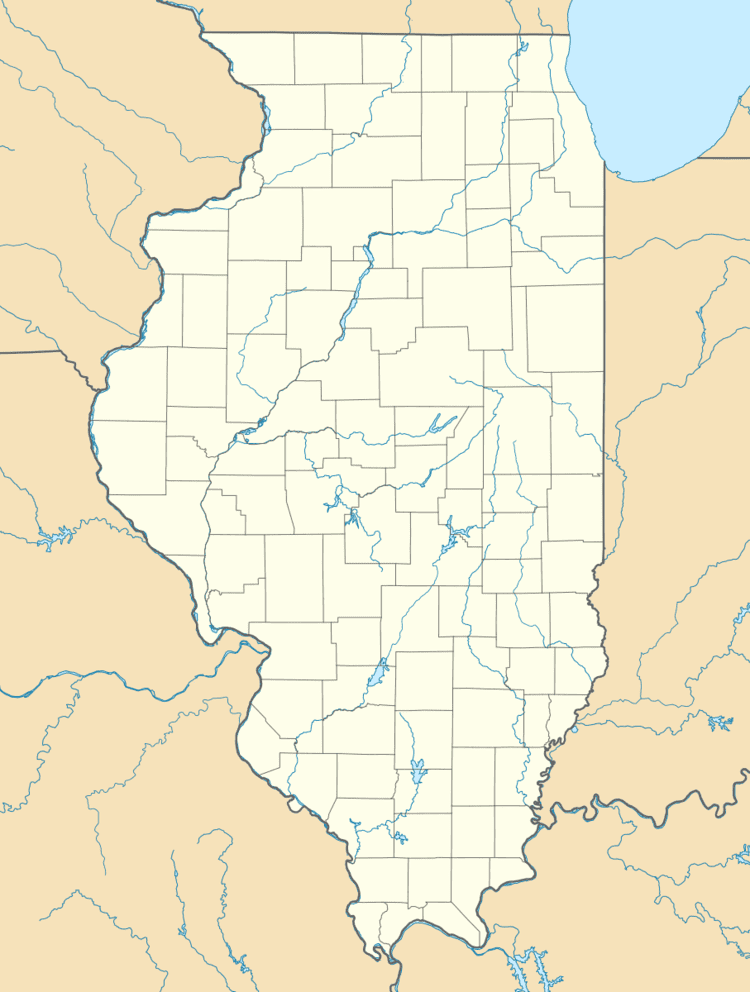Airport type Public Opened April 1940 (1940-04) Elevation 189 m Added to NRHP 9 May 1985 | Elevation AMSL 620 ft / 189 m Phone +1 708-418-5888 | |
 | ||
Address 3250 Bob Malkas Dive, Lansing, IL 60438, USA Similar Gary Chicago Internatio, Associated Air Activities, Glenwood Village Hall, Griffith‑M Airport, Sauk Village Hall | ||
Ford tri motor fly by lansing municipal airport
Lansing Municipal Airport (ICAO: KIGQ, FAA LID: IGQ) is 21 miles south of Chicago, in Lansing, a village in Cook County, Illinois. It is owned by the Village of Lansing.
Contents
- Ford tri motor fly by lansing municipal airport
- Lansing municipal airport economic development forum
- Facilities
- Ford Hangar at Lansing Municipal Airport
- Incidents
- References
Most U.S. airports use the same three-letter location identifier for the FAA and IATA, but Lansing Municipal Airport is IGQ to the FAA and has no IATA code.
Lansing municipal airport economic development forum
Facilities
Lansing Municipal Airport covers 650 acres (260 ha) and has two asphalt runways: 9/27 is 3,395 x 75 ft (1,035 x 23 m) and 18/36 is 4,002 x 75 ft (1,220 x 23 m). It also houses a blimp base which launches 1/4 of the blimps that cover Chicago sporting events.
In 2004 the airport totalled 54,000 aircraft operations, average 147 per day: 91% general aviation and 9% air taxi. In November 2016, 143 aircraft were based at this airport: 113 single engine, 15 multi-engine, 5 jet, 9 helicopter and 1 ultralight.
Ford Hangar at Lansing Municipal Airport
The Ford Hangar, at the Lansing Municipal Airport in Lansing, Illinois, is an airplane hangar built beginning in 1926, and completed by early January 1927. It became a historic building on the National Register of Historic Places in 1985. It was built under the direction of Henry Ford to produce and display Ford Tri-Motor airplanes.
Ford purchased 1400 acres of land in Lansing in 1923 to build an airport to connect southland Chicago with his factories in Detroit. Beginning June 1, 1926, work began on clearing land to build the hangar that would hold three of Ford's Tri-Motors. The noted architect, Albert Kahn, oversaw the design and construction of the building. He was Henry Ford's chief architect and wanted to design a space that would solve a number of problems found in early hangars. He incorporated a number of innovations into the building; other hangars were often poorly designed, temporary buildings, not well lit. To solve this, Kahn incorporated three features. He used cantilevered construction, allowing the interior of the building to be open without need for columns to support the building, as well as reduce wind pressure on the building. He designed the hangar doors on the north and south side of the building to be easily moved by just one person. Operating on a wheeled track located on the inside of the building, the doors could be opened to any length by one person, regardless of wind or weather conditions. In addition, Kahn looked to allow as much natural light in the building as possible. He incorporated five large 15 by 18 foot window openings that, when combined with the open sliding doors, allowed for natural light to reach about 40 percent of the floor area of the hangar. Ford's dreams of Tri-Motor construction were hampered by the beginning of the Great Depression. Ford stopped making airplanes by July 1932, and rented the airport land and the hangar to his former airport manager Elmer L. Browne, and later the Hammond aviator Guy W. Amick. The hangar and the airport were acquired by the Village of Lansing in 1976 in order to qualify for federal funding. The hangar was in its original use until 2011, when it was vacated for preservation purposes. Efforts to rehabilitate the building to its original appearance are underway.
